Titanium strategy gets new focus
Central coastal Binh Thuan province plans to restrict future titanium mining projects in order to avoid topsy-turvy exploitation and, in a related move, also delay wind power projects.

Titanium processing is a potential sector to attract private investment into Binh Thuan
The province and Ministry of Natural Resources and Environment (MoNRE) have just specified the restriction in a zoning plan for titanium mining in Binh Thuan in which it would only allow the previously licensed projects to continue their operations. The province will not issue licenses for new mining projects until the titanium exploitation plan is approved.
The movement comes after some findings of rampant exploitation in the province while most of the raw materials were exported instead of being reserved in anticipation of upcoming large titanium processing projects.
Mining operations have also posed a conflict to wind power projects.
Titanium is important for shipbuilding, airplane manufacturing and painting, among other industries. Previously, the vast majority of this raw material in Vietnam was exported. However, under a new government decision, the exportation of ilmenite ore, the raw material needed for producing titanium, was stopped. Vietnam will instead have to concentrate on producing refined products such as titanium slag, refined ilmenite, synthetic rutile, all of which have high added value.
Tran Van Nhut, director of the Binh Thuan Department of Industry and Trade, said that the province was planning to set up Vietnam’s largest titanium projects at the Song Binh Industrial Park (IP) covering 250 hectares in Bac Binh district, and the Thang Hai Industrial Zone covering 40 hectares in Ham Tan district.
According to the department, presently 17 titanium processing projects are awaiting to be operated at Song Binh IP, including large projects such as the $350 million project of Russia’s Geopromining Group, the $650 million project of Binh Minh Ex-Import Co., the $620 million project of Hanoi Technology Co., and the $130 million project of Him Lam Minerals JSC.
According to the MoNRE, Binh Thuan province has titanium reserves of 599 million tonnes, accounting for 92 per cent of Vietnam’s total titanium reserves. The location of reserves is also complicating wind power plans. “As the site is not officially planned for wind power development or titanium exploitation plan, it could be risky for any project to operate,” said a representative of the Binh Thuan Department of Industry and Trade. “Wind power projects in Binh Thuan are practical examples of such land-use conflicts. The majority of these lie in areas with titanium reserves therefore they could not proceed.”
Nhut described the dilemma: “The large titanium reserves are good news for us, but this also puts us into an awkward situation for years, as we put a hold on wind power development until it is determined whether titanium deposits can be commercially developed.”
Nhut said the province had to limit new wind power projects although there was high potential for developing wind power in the province because a thorough MoNRE report on titanium mines was not available.
Up to now, Binh Thuan has 12 wind power investment proposals covering a total of 14,000 hectares including two foreign-backed projects.
What the stars mean:
★ Poor ★ ★ Promising ★★★ Good ★★★★ Very good ★★★★★ Exceptional
Latest News
More News
- Russia’s Pskov oblast always welcomes Vietnamese investors (August 30, 2024 | 10:46)
- 500kV circuit 3 transmission line inaugurated on August 29 (August 29, 2024 | 11:59)
- Ba Ria-Vung Tau’s BR-VT Smart app makes breakthrough in digital transformation (August 29, 2024 | 10:00)
- Hung Yen bags upbeat outcomes in socioeconomic development (August 28, 2024 | 19:00)
- FDI attraction to Vietnam: the myths versus the reality (August 28, 2024 | 18:00)
- Asia Pacific manufacturers prioritise digital transformation; struggle with innovation pace (August 28, 2024 | 12:41)
- Private airport investment solutions still out of reach (August 28, 2024 | 09:50)
- Private investment in railway industry yet to shine (August 28, 2024 | 09:00)
- Chinese ceramic group Hualian eyes a $200 million investment in Thai Binh (August 27, 2024 | 17:37)
- Barriers must be removed for vital transport infrastructure (August 27, 2024 | 17:09)

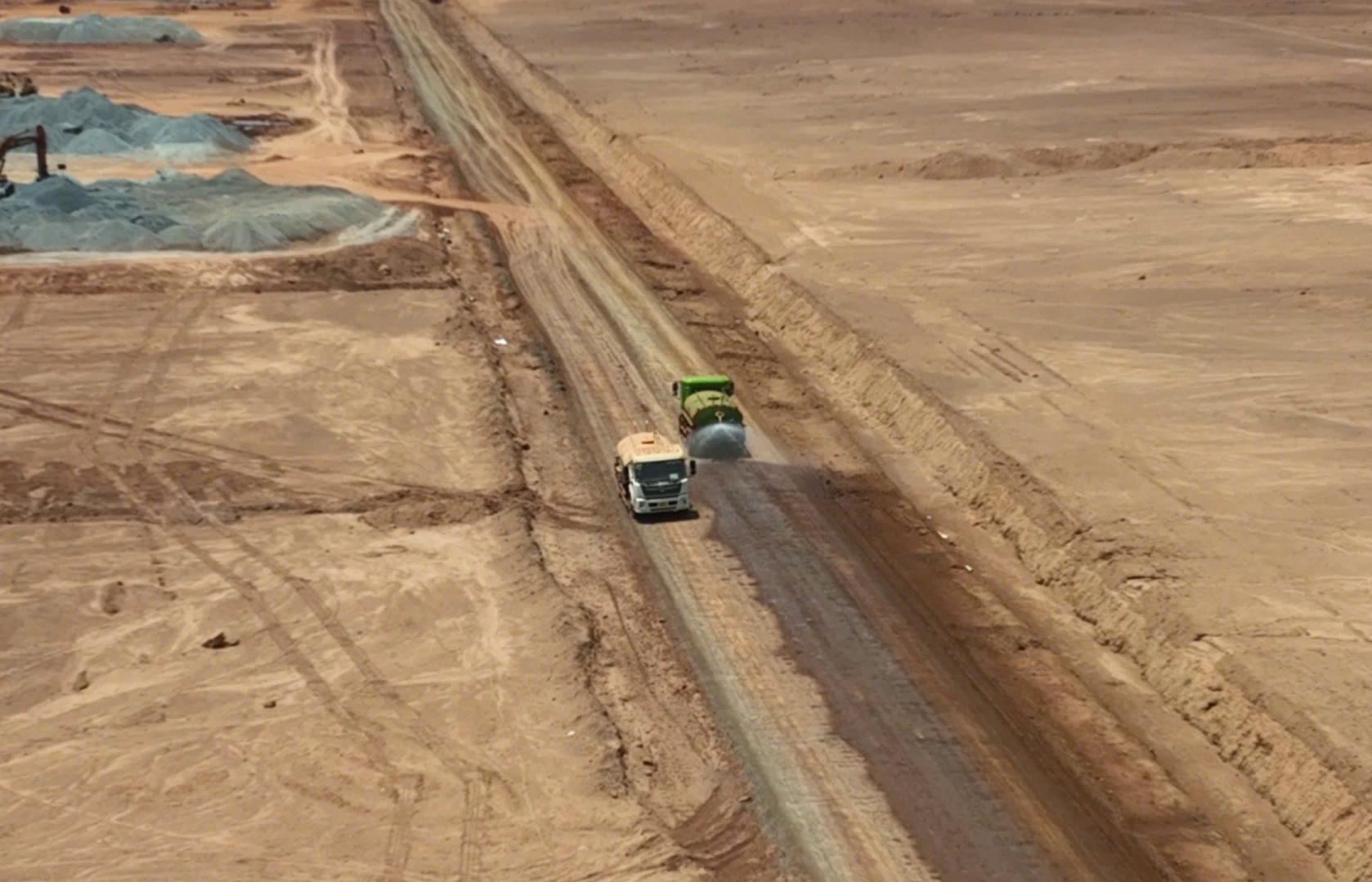
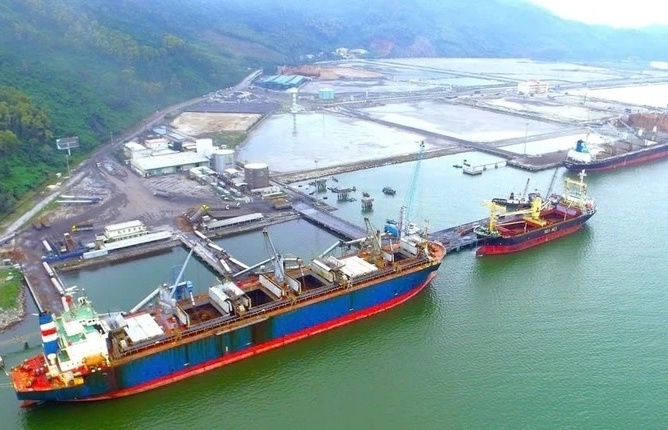
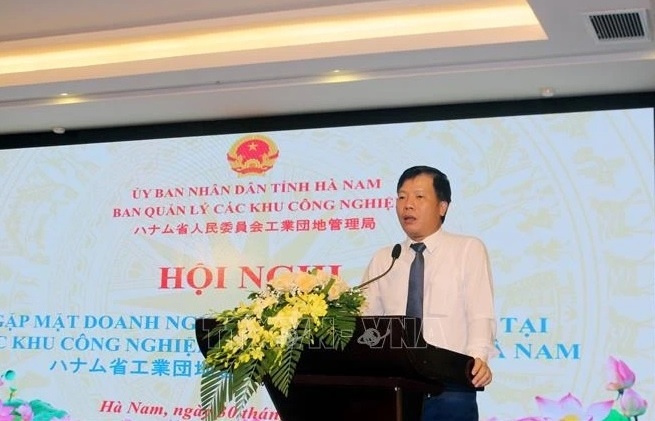

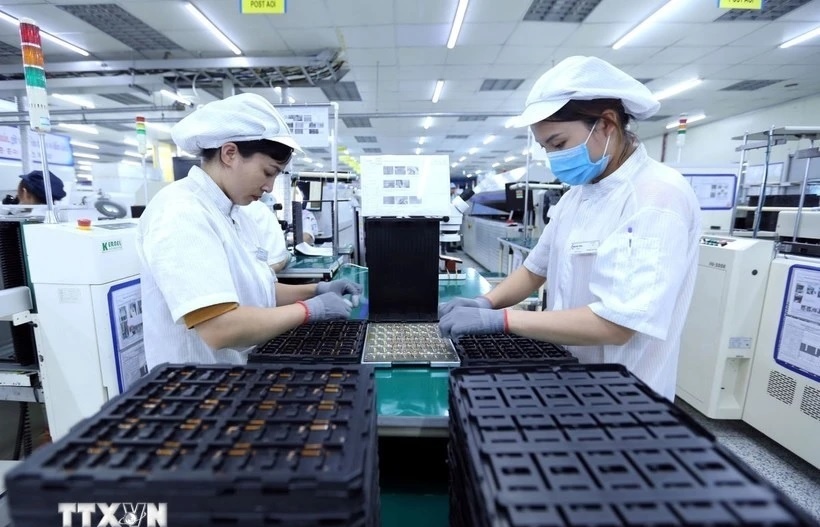




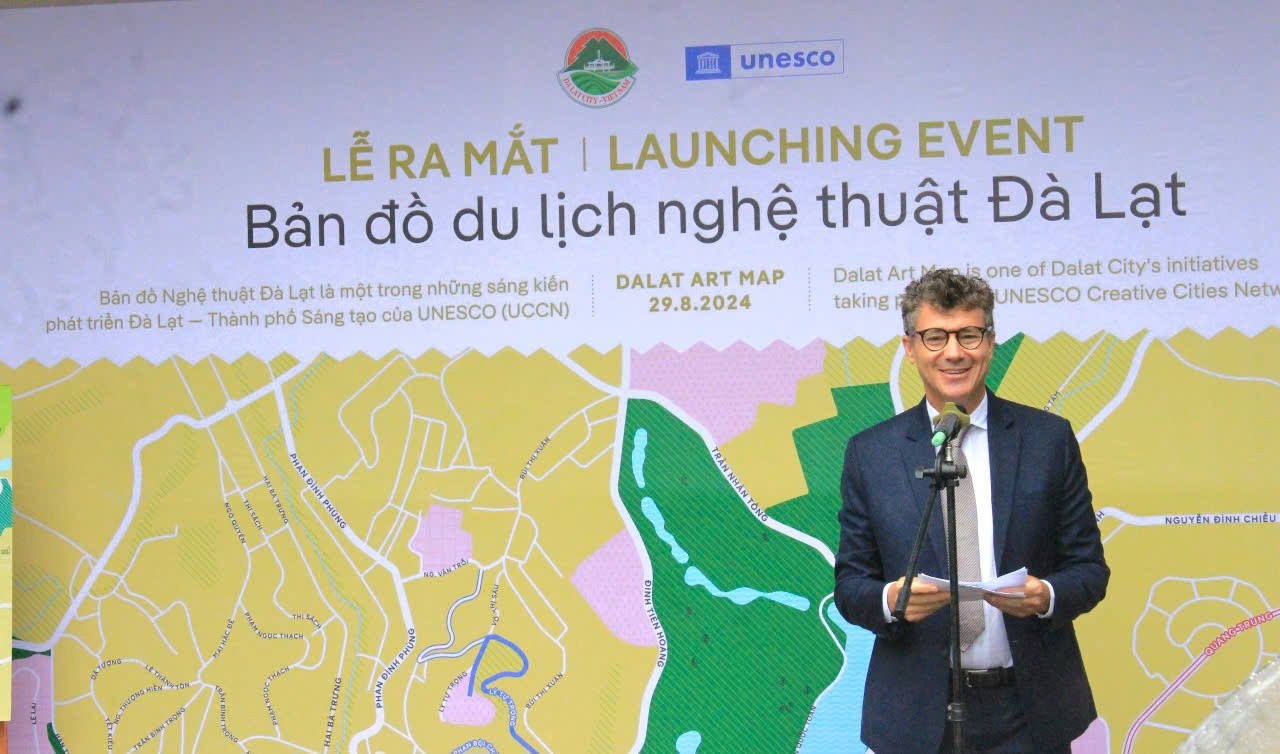
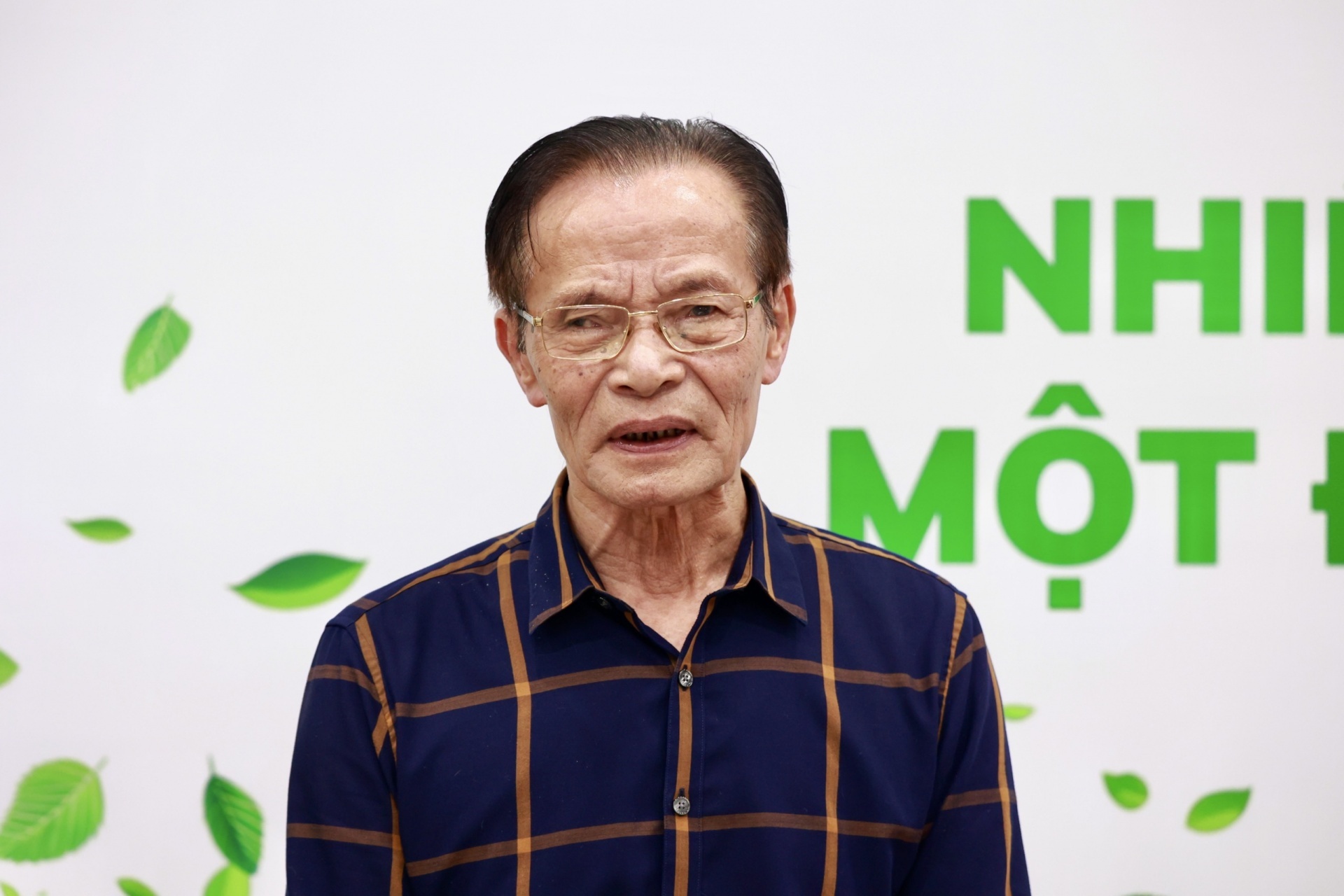
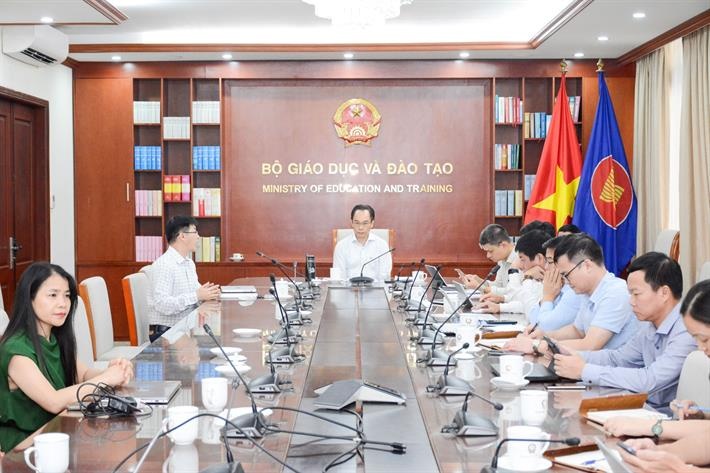
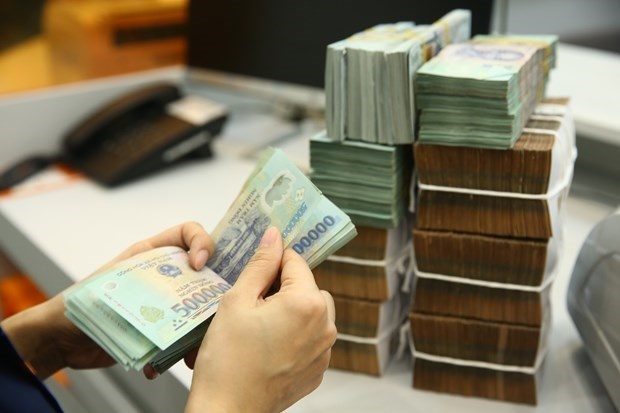



 Mobile Version
Mobile Version